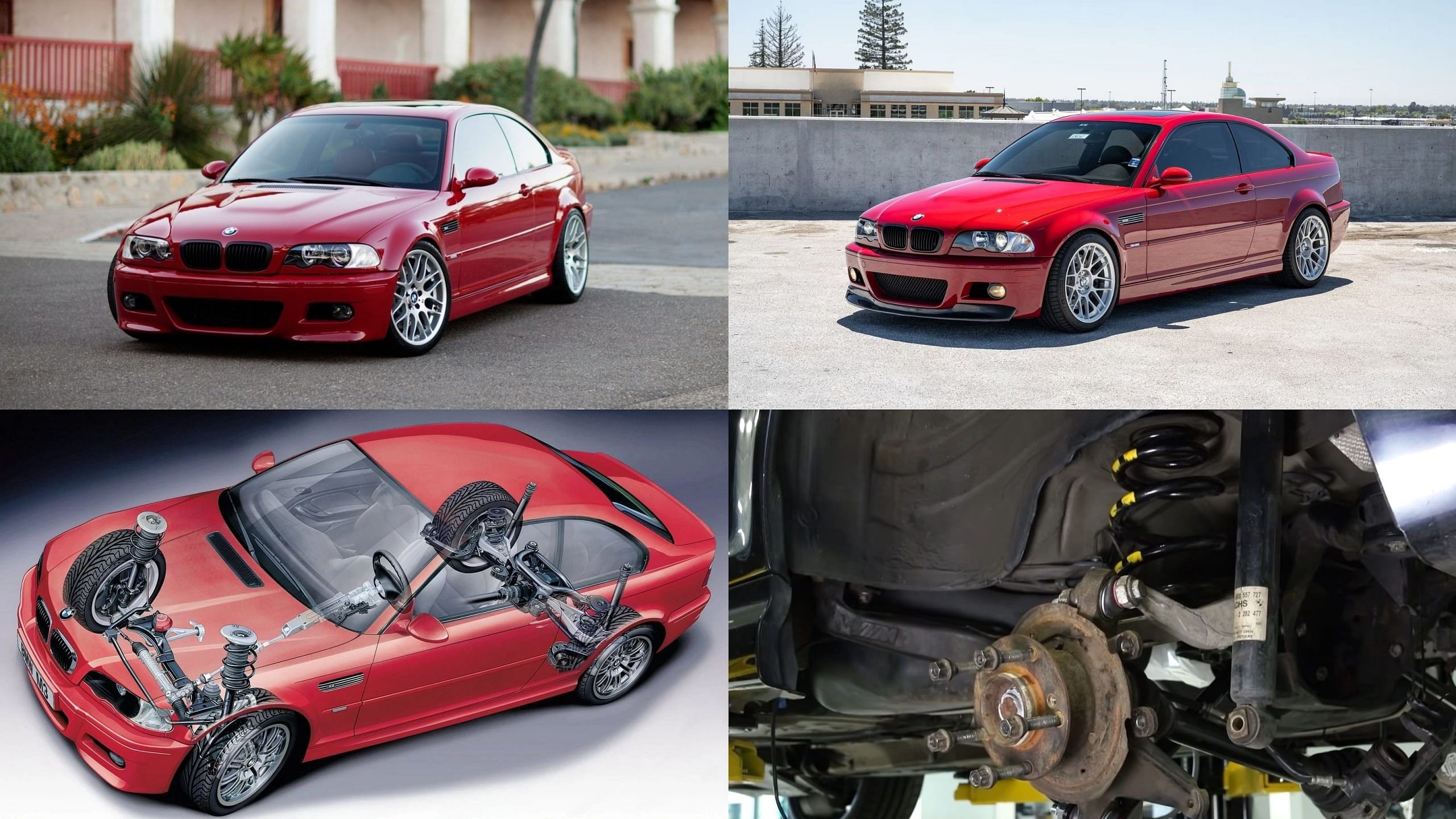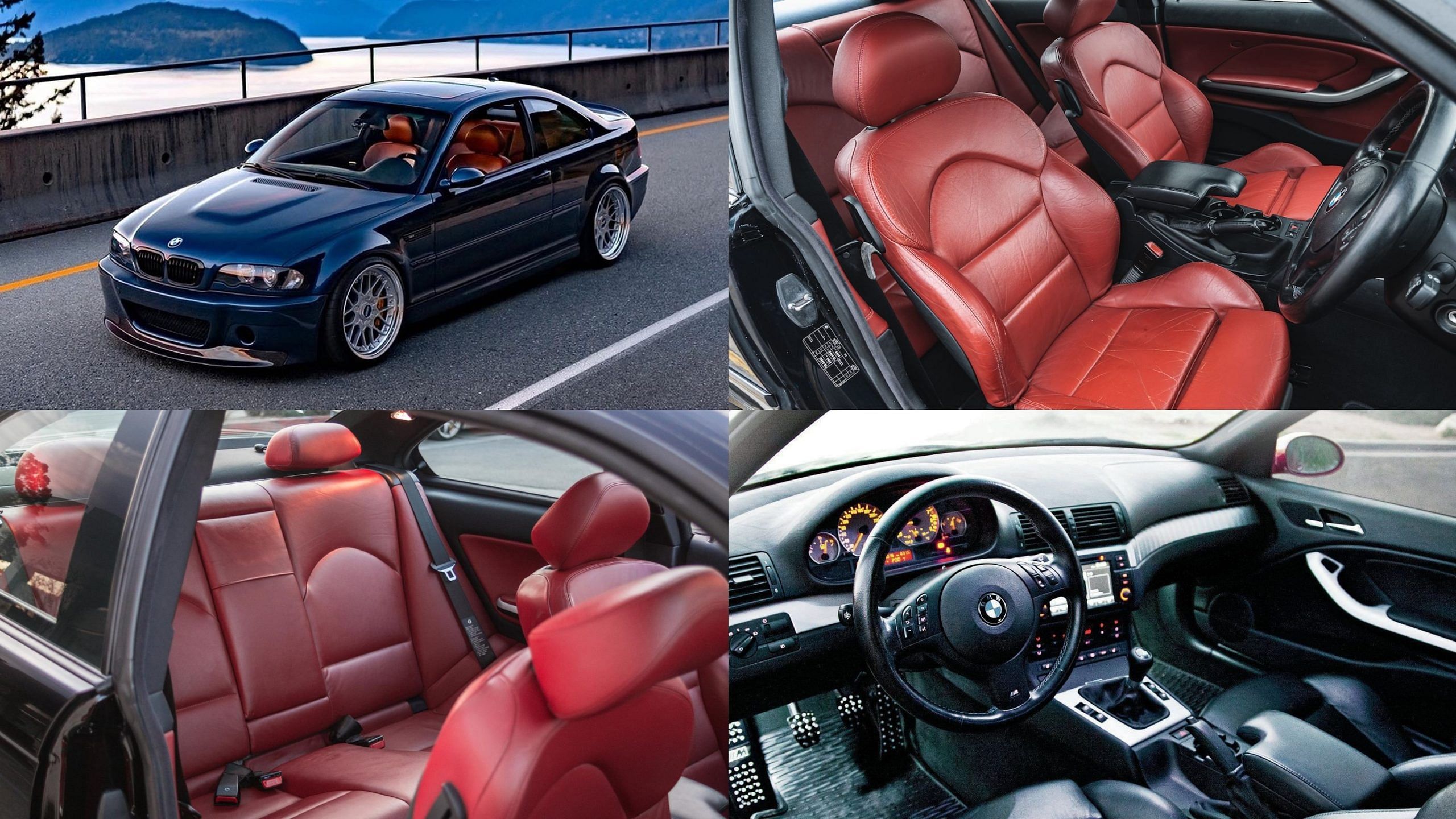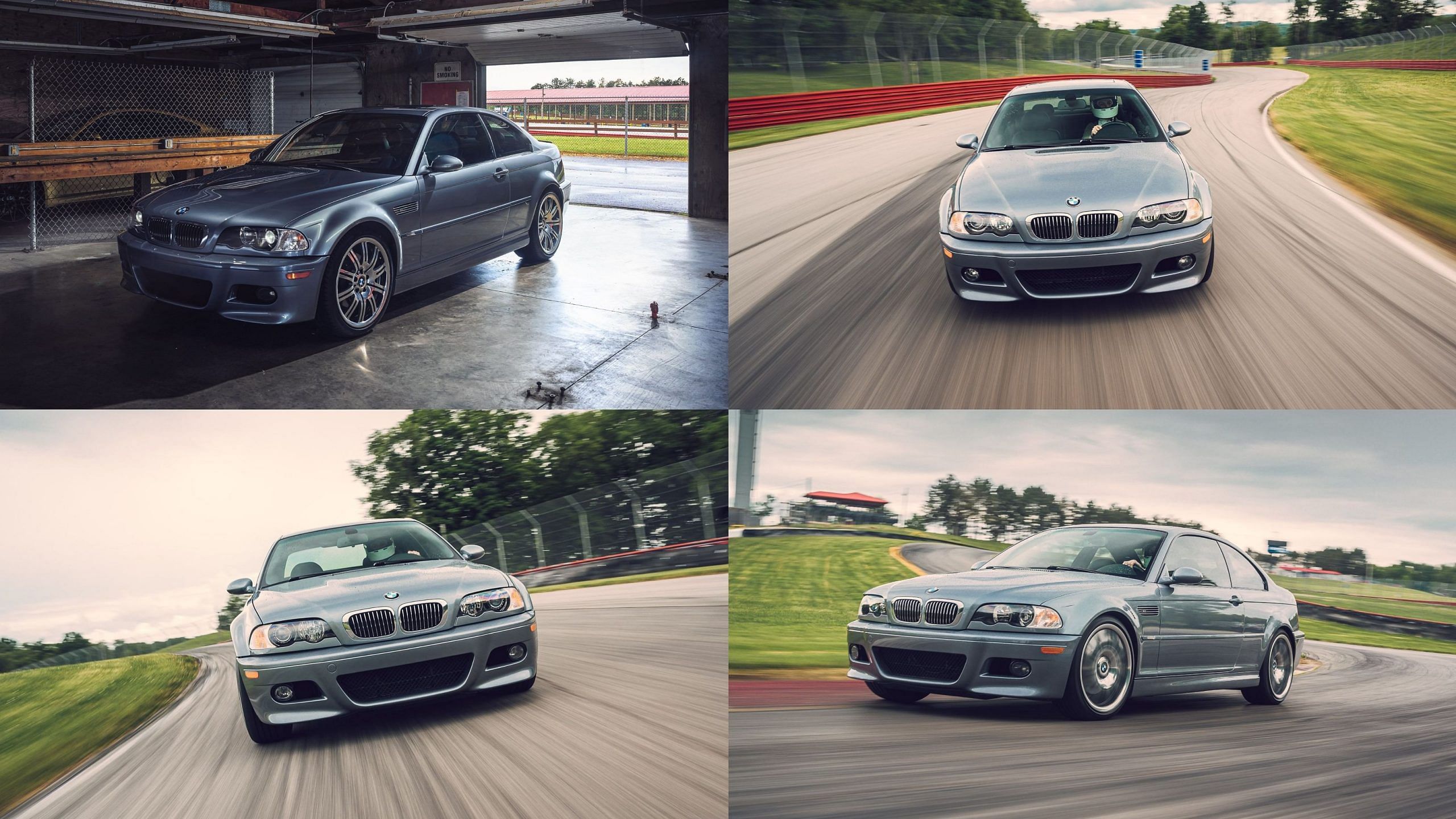10 Things That You Should Know Before Getting The BMW E46 M3
While it's easy to have a divided crowd when talking about the current lineup of BMW cars, things weren't the same during the early 2000s. A model that has been holding the brand high up on its shoulders ever since its introduction is the M3. Despite having gone through various facelifts and generation changes, the E46 M3 is considered to be the favorite for many.
Published February 5, 2024

Having been considered the greatest M car ever, the E46 M3 was introduced in the year 2000, with production lasting till 2006. This BMW M3 was an instant success as the design even today follows a very proportionate balance between elements. The iconic inline-6 cylinder not only provided great performance in its stock form but was also easily tunable, giving enthusiasts a great option apart from the Japanese alternative of its time. With the BMW E46 M3 completely almost 17 years since its production ended, it's important to know certain things before going ahead and purchasing your favorite BMW.
10. Avoid an M3 with a faulty suspension

It’s not like you would go ahead and purposefully buy a faulty car but with the E46 M3, it is easy to oversee a weak suspension that could fail. The third generation BMW M3 featured an aluminum suspension which helped reduce the weight but this also makes it an expensive part to replace when needed. To check if the suspensions are in good condition, check if all the tires have even wear and ensure that the car stops in a straight line rather than drifting away in one direction.
9. Owners tend to skip replacing the clutch
The M3 also had a manual transmission and a majority of buyers prefer picking the car with the stick. However, the clutch setup on the 6-speed Getrag transmission is very expensive, leaving owners to skip replacing the part. When test driving, if the clutch is felt to be slipping or if the clutch pedal seems to be hard, it's a sight that the car needs a new clutch kit. We recommend staying away from such cars but if you have no other choice, be prepared to take the car to a BMW mechanic.
8. Unique interior parts make it hard to source

The E46 M3 was designed exclusively and did not share interior components with any other BMW back in the day. Although this might make it sound like a distinctive car, a damaged interior panel or cushion means that you'd either have to hunt down for the part, pay way too much for replacement, or probably mob another E46 owner.
7. 2001-2003 M3s has a connecting rod bearing issue
The early batch of E46 M3, especially from 2001-2003 was known to have issues with its connecting rod bearings. These bearings were known to overheat, leading to premature failure which can lead to an engine failure if not fixed. This does not mean that you should avoid cars from this year but confirming if the connecting rods were replaced can save you from getting trapped.
6. E46 is one of the best-selling M3 to date

Buying an E46 M3 can be a moment of pride as this is considered to be one of the highest-selling M3s of all time. With its production lasting 6 years, BMW sold 85,000 units of the car and despite its age, the car still manages to fetch high prices. Due to its high volumes, it's also possible to find some M3s in modified form.
5. Get the VANOS checked
The S54 engine on the E46 M4 was a dependable motor but the variable valve timing system called VANOS can develop wear over a long period or due to the high revving nature of the engine. A rough idle, lack of power, and sudden drop in acceleration could all mean that there is an issue with the VANOS system. In such cases, you would have to replace the VANOS oil pump or the VANOS solenoids, both of which don't come cheap.
4. The CSL has a carbon fiber roof

The E46 M3 was the second-ever model from BMW to wear the CSL badge, which abbreviates to Coupe Sport Lightweight. As the name suggests, the CSL was a lighter version of the M3 aimed to provide motor enthusiasts with a car that would clock quicker times on a track compared to the standard M3. BMW managed to achieve this by using CSL-specific lightweight body parts and one of them was the carbon fiber roof, which was never used on the M3 before.
3. Only 10 M3 GTRs were made

For all the fanboys and fangirls of Need For Speed: Most Wanted, one of your dream cars would be the BMW M3 GTR. However, do not get tricked into buying a standard M3 kitted out to look like an M3 GTR with wider body shells and a larger engine. The M3 GTR was based on the actual race car and BMW homologated only 10 models to be legally driven on roads. This car came with a V8 engine similar to the one on the race car but was detuned to suit regular road conditions.
2. Can clock Numbergring in under 8 minutes
We know that 8 minutes is considered to be “Meh!” on the Nurburgring by today’s standards, but it wasn't the same back in the day. Clocking the green hell in under 8 minutes in the early 2000s was considered to be supercar standard. Moreover, the M3 CSL set a time of 7 minutes and 50 seconds, which was faster than the Ferrari F430 that was selling during the same era.
1. Pick the BMW M3 CS if possible

While the M3 GTR is out of reach due to its rarity and the M3 CSL is sold for prices that make our eyebrows touch the hairline, the M3 CS or Competition Package fills in the need for something special over the regular M3. Produced towards the end of E46’s production cycle, the M3 CS was made by adding the leftover parts from the CSL project onto the standard M3. Although it didn't get the SMG II transmission from the CSL, the M3 CS carries the CSL’s stiffer suspension, sharper steering ratio, and M-track mode which toned down the car's stability control to have more fun.
Write a comment
Comments
No Comments Yet






